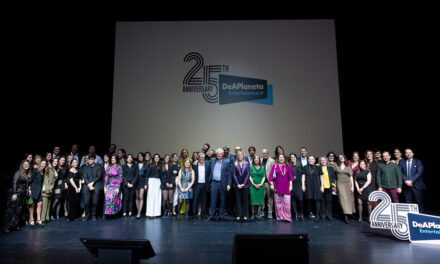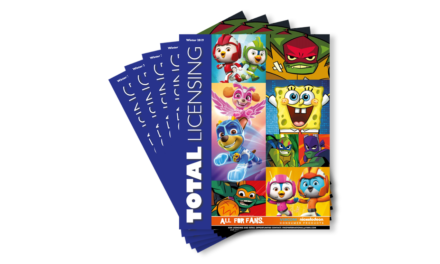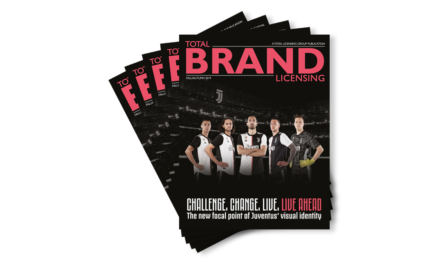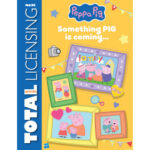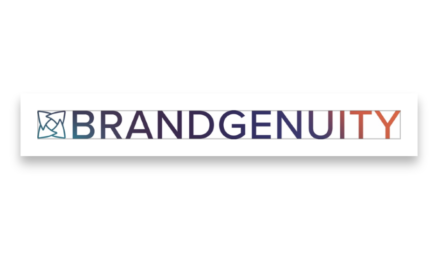
Brands profit more being in toxic video games than by avoiding them, revealing brand safety paradox

| Toxic player behaviour in video games (such as hate speech and racism) hurts brands’ financial performance but not their reputation, finds a new study from King’s Business School, King’s College London. Despite this, brands benefit more from being present than absent. On average, brands present in video games see a 35% increase in consumer spending. Although toxicity diminishes brand performance by 11% compared to non-toxic games, the net benefit of being present in video games remains strong, ranging from 19 to 36%. This highlights a brand safety paradox: toxicity in video games harms financial performance but not reputation, yet brand presence in toxic video games is still more profitable than absence. As video games grow as a dominant entertainment medium, more brands are investing in in-game ads and content, though toxicity concerns have made some hesitant. Researchers Stefan F. Bernritter and Ilias Danatzis (King’s College London), Jana Möller-Herm (University of the Arts Berlin), and Francesca Sotgiu (Vrije Universiteit Amsterdam) found that toxicity diminishes players’ enjoyment, which in turn reduces purchases of branded content inside and outside the game. The study distinguishes two types of brand safety: reputational, related to image and trust damage from toxic environments, and financial, linked to economic fallout like reduced sales or ad performance due to lower user enjoyment. The former is driven by public perception, the latter by consumer behaviour and business impact. “Our findings challenge one of the most persistent assumptions in advertising – that reputational fallout is the main risk of unsafe media environments,” says Dr Ilias Danatzis, Associate Professor of Marketing Analytics at King’s Business School. “In video games, we find the opposite. Brands are not blamed for toxic behaviour, including racism and sexism, but they still take a financial hit. When players witness abuse, their enjoyment drops, which leads to tangible financial losses, even without damaging the brand’s reputation. This creates a brand safety paradox: reputation remains intact, but financial performance suffers. That’s a blind spot marketers can no longer afford to ignore.” “It is essential to emphasise that the overall financial impact of being present in games is positive,” explains Dr Stefan Bernritter, Associate Professor of Marketing at King’s Business School. “ This indicates that being involved in games, even those with a toxic player base, is more profitable than remaining absent from that space. The financial harm caused by toxicity can be entirely avoided if games have active moderation systems in place. That is why brands should not only be more open to entering the gaming space but also require proper moderation systems as part of any sponsorship deal.” The study also found that temporarily removing toxic players from games is more effective than simply muting them in preserving player enjoyment and minimising financial harm to brands. The research combined nine in-depth interviews with gaming industry professionals and six controlled experiments involving 1,808 active players, who average 6–8 hours of weekly gameplay. These experiments measured how toxic behaviour affects player blame attribution, game enjoyment, and subsequent financial and reputational outcomes for brands. The study also tested interventions to mitigate these effects. For game developers, the findings emphasise the importance of effective moderation strategies to ensure financial brand safety while maintaining an enjoyable experience for players. For advertisers, understanding the nuanced risks of gaming toxicity can help inform better decision-making as they explore opportunities in this rapidly growing market. |


